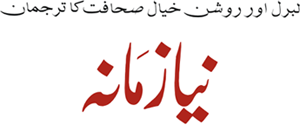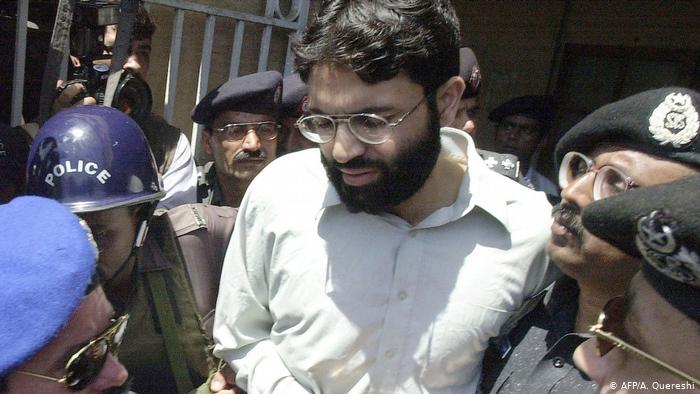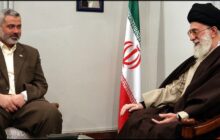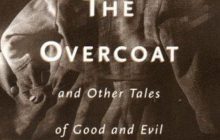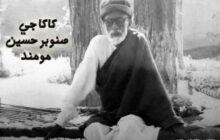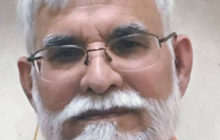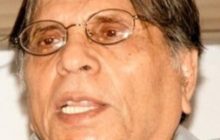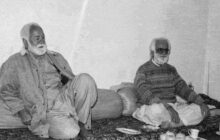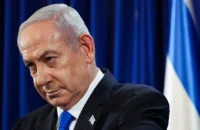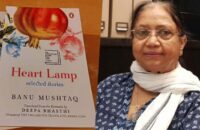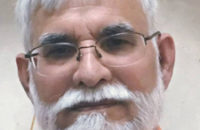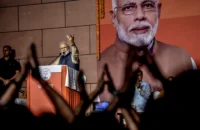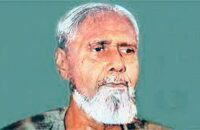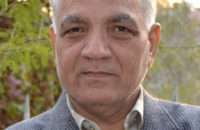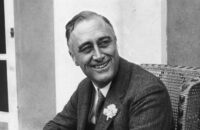Omar Sheikh was let go because someone in Pakistan wanted him freed, like mentor Masood Azhar
Ayesha Siddiqa
Coronavirus pandemic, world distracted by Afghan peace deal and weak case in the murder of Daniel Pearl opened a window to acquit Omar Sheikh. But the US noticed.
On 14 October 2009, American ambassador to Pakistan Ann Patterson cabled Washington that Omar Saeed Sheikh’s case before the Sindh High Court was adjourned indefinitely. Her comment was that this was nothing to worry about as the court didn’t look eager to overturn the death sentence given by the trial court. Sheikh was accused of involvement in the 2002 kidnapping and killing of the Wall Street Journal reporter Daniel Pearl. In 2020, Patterson would be wondering what happened in a decade for the Sindh High Court to have changed its mind, and practically ordered the release of Sheikh and his co-accused stating that the prosecution failed to prove its case.
Patterson’s report further stated that despite Sheikh’s lawyers challenging the trial court’s judgment of July 2002 questioning the veracity of some of the 21 witnesses presented by the prosecution due to which the higher court instructed the lower court to re-record witness statements, a major shift in decision was not possible. This, the diplomat claimed, was due to the fact that neither the defence nor the prosecution lawyers were eager to re-open the case that would tantamount to opening up a can of worms.
Omar Shaikh was always confident
Since his incarceration in the Pearl case, Omar Sheikh has remained confident through the years that he would neither be hanged nor handed over to the US. Washington is interested in him not just because of Daniel Pearl, the responsibility for whose murder was eventually taken by al-Qaeda’s Khaled Sheikh Muhammad, but due to Sheikh’s involvement in kidnapping six foreign tourists including two Americans (one escaped) in 1995 from Kashmir. The kidnappers wanted Masood Azhar released. At that time, Omar Sheikh was part of the jihadi organisation, Harkat-ul-Ansar’s operation called al-Faran. I remember speaking to the Karachi jail superintendent in 2012, who talked about how Sheikh, who was moved there in 2009 from Hyderabad, was very confident of his fate. This view was also subscribed to earlier by a former DG of the Federal Investigation Agency (FIA).
Sheikh, a dropout from the London School of Economics (LSE), was inducted into militancy and jihad almost along with another British Pakistani, Rashid Rauf, who was the man behind the shoe-bomber, Richard Reid. Both men were inspired into jihad by Masood Azhar, who had visited the UK at least twice. Azhar is known to have lectured at madrassas and gymnasiums visited by Muslim men calling them to jihad. Pakistan’s former dictator, General Pervez Musharraf wrote in his book that Omar Sheikh worked for the MI6, which may also be true. However, in the process of engaging with different militants and going to fight in Bosnia, Sheikh grew close to both al-Qaeda (AQ) and Jaish-e-Mohammed (JeM). In fact, JeM was never too distant from AQ. I remember being told in 2001 by several police officials and even JeM members in Bahawalpur that Osama bin Laden had invested in JeM.
Interestingly, JeM was also close to Pakistan’s Inter-Services Intelligence (ISI) that was keen to separate the bulk of Punjabi militants from Hizbul-Mujahideen (HuM) to create another militant outfit, which was relatively willing to postpone sectarian violence to fight at other fronts.
Omar Sheikh was one of the three militants important enough to be demanded as an exchange for passengers of Indian Airlines flight IC-814 hijacked to a Taliban-occupied Kandahar. Once freed, Sheikh remained close to the JeM. He was also one of the men who attended to Azhar as the latter recovered from surgery in a private hospital in Bahawalpur. Sheikh is also reputed to have wired US$ 100,000 on behalf of ISI DG General Mehmood Ahmed to one of the hijackers of the World Trade Center attack, Mohammad Atta. Interestingly, this detail was not mentioned by the 9/11 Commission Report yet discussed in different publications around the world. Dennis Lormel, director of the FBI’s financial crimes unit also confirmed it.
A powerful man, even in jail
Sheikh lived interchangeably in Karachi and Hyderabad jails as part of the security protocol. But he lived like powerful people well connected to the corridors of power in Rawalpindi. In November 2008, he allegedly made three different calls from his jail cell – to India’s foreign minister Pranab Mukherjee pretending to be Pakistan’s president, and to Pakistan’s president Asif Ali Zardari and army chief Gen. Ashfaq Parvez Kayani, posing as Mukherjee. Had it not been for American intervention, tension would certainly have escalated, especially as the phone calls took place after the 26/11 Mumbai attacks. Sources close to Asif Zardari claim that the call from a man pretending to be Pranab Mukherjee was passed on to the Pakistani president after meeting all the perimeters of the laid-out protocol. This means that the call was connected to Zardari via his military secretary. Even more shocking is the claim that Sheikh also used his multiple SIMs to make a similar and threatening call to army chief Kayani. Although then DG ISPR contradicted the story published on 6 December 2008 in Dawn, his view was more in the form of his opinion rather than an institutional confirmation that the call to the army chief didn’t take place.
Interestingly, the story was initially written by Zafar Abbas, the current editor of Dawn, who was the brother of the DG ISPR Maj. General Athar Abbas.
Weakening the case at an interesting time
Staying safe is one thing but being freed is another. It looks very possible from the turn of events in 2020 that someone in the Pakistani state system was eager to let Sheikh go. Contrary to Patterson’s expectations, the Sindh High Court this time turned the tables on the case. There is nothing wrong with the recent judgment as the prosecution was unable to produce evidence that could uphold the 2002 decision. For instance, it was doubtful where Sheikh was arrested from – Karachi or Lahore. There is absolutely no mention of the fact that he surrendered himself to the current interior minister, Ijaz Shah, who was then the head of the Intelligence Bureau in the Musharraf government.
Besides other discrepancies, the court also objected to the lack of expertise of the handwriting expert, whose qualification was in Sindhi literature rather than forensics. It was almost as if the case was deliberately set up to fail.
Notwithstanding absence of evidence, it is also a fact that one of the judges in this case, K.K. Agha, is facing an inquiry by the Supreme Judicial Council, which opens up the bench to manipulation, which is not new in case of Pakistan’s judiciary. Could it be that the more powerful segments of the state thought it possible to let Sheikh go, as has happened with his mentor, Masood Azhar? After all, the timing was quite good. Was it the calculation that the world was too distracted by the coronavirus pandemic and the Afghan peace deal to react, just like it did not sharply react to India making changes in Kashmir?
The US did notice, which is why Omar Sheikh was not freed. But the legal case is weakened to such an extent that it would either take a miracle or will of the state to turn the course of the case.
Ayesha Siddiqa is a research associate at SOAS, London and author of Military Inc. She tweets as: @iamthedrifter. Views are personal.
